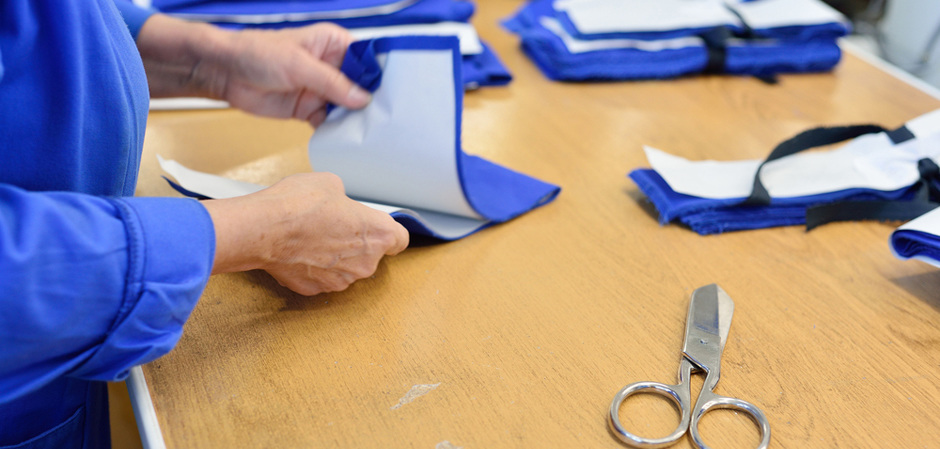Processing in the customs territory
Let's talk about the benefits of the procedure for processing of products in the customs territory, the competent application of which expands the horizons for business development, especially in the textile and light industry.

Often, during the daily routine, we do not have time to study, analyze our customs law and understand how to apply it competently. Why is this happening? Many believe that it establishes only our customs duties. But modern methods of administration provide opportunities for modernization of production, saving money, attracting investments and other bonuses. We are afraid of the new, depend on the opinion of management, who does not want to change anything in established business processes, and go with the flow. However, without the initiative of the head, managerial will, inquisitive mind and passionarity, it is impossible to develop the company and bring it to the real market leaders.
Let's analyze in detail the procedure of processing in the customs territory, which is specially designed for domestic manufacturers that produce export products using imported raw materials and components.
The essence of the process is as follows: foreign goods intended for production at a Russian enterprise are imported for the processing period without payment of customs duties and payments. Thus, if the finished products are exported, there are significant savings.
The key point is the absence of an economic burden on the manufacturer in the form of customs duties, taxes, special anti-dumping and countervailing duties. The conditions for placing goods under the processing procedure in the customs territory are regulated by The Customs Code of the EAEU, as well as the new Federal Law "On Customs Regulation in the Russian Federation".
The new customs and tax legislation has significantly expanded the application of benefits: the need to pay customs duties and payments (previously mandatory) has been abolished, when importing fabrics and accessories for own production, no declarations of conformity are required, when re-exporting finished products, a VAT rate of 0% is provided.
There is, of course, a significant nuance - providing customs authorities with information about the identification of textile raw materials in the finished product. There is no clear and transparent practice in this matter yet, but it is impossible to develop it without interest and initiative.

Providing enterprises of the light and textile industries with the opportunity to fully use the processing procedure in the customs territorywill attract new orders for the production of clothing, increase the volume of exported products, create new high-tech jobs and ultimately lead to an overall increase in the global competitiveness of the industry. Be interested in positive changes in legislation and take an active business position. Today is not the time to throw slogans. The future belongs to properly built business processes!
Photo: shutterstock